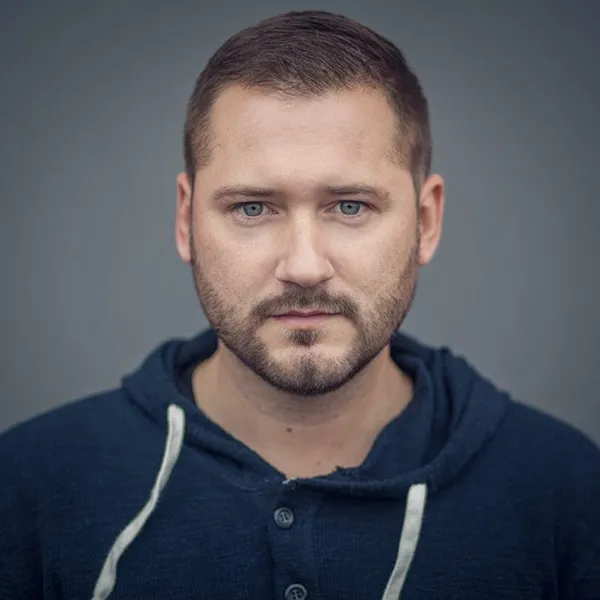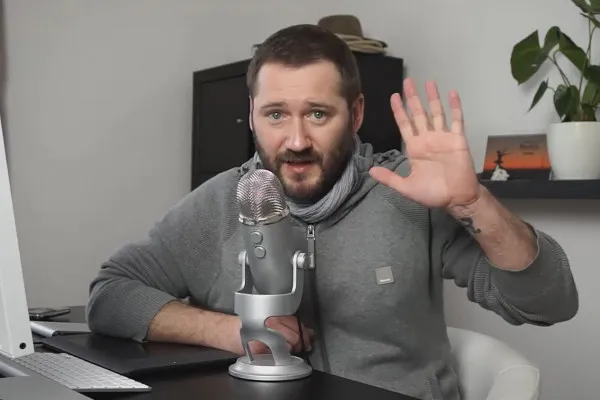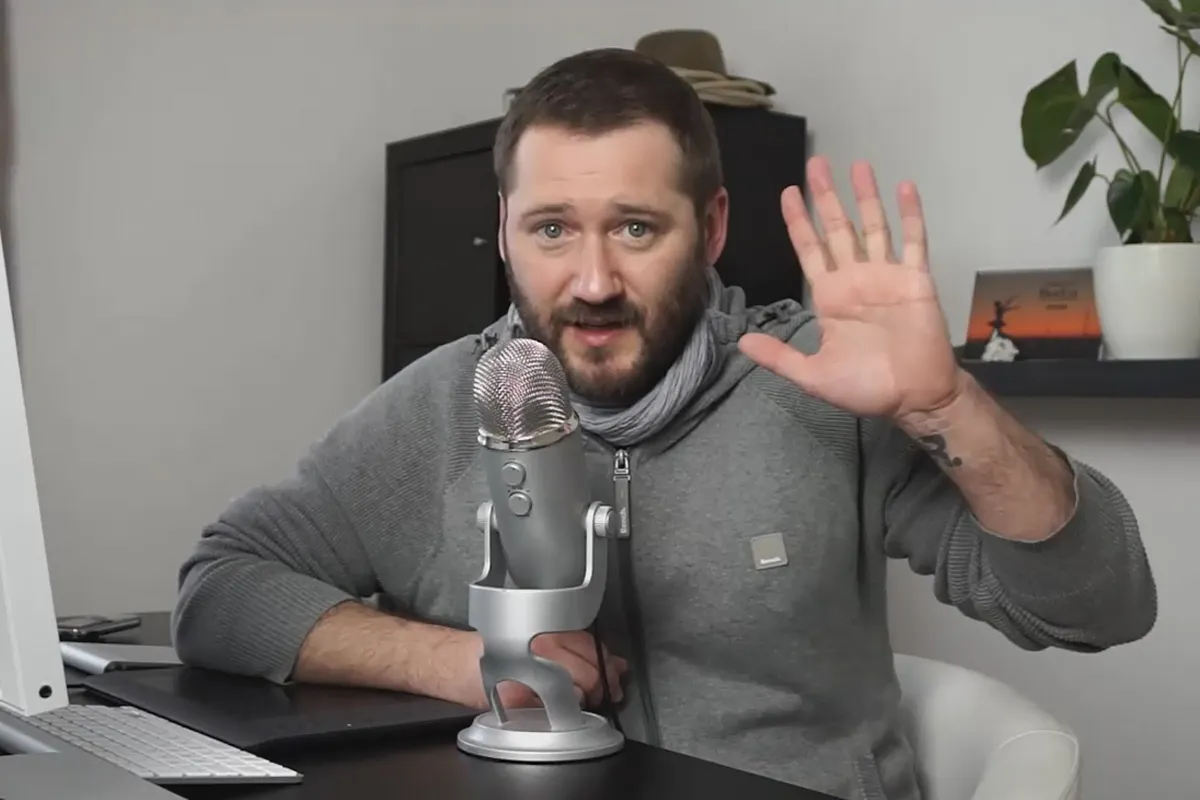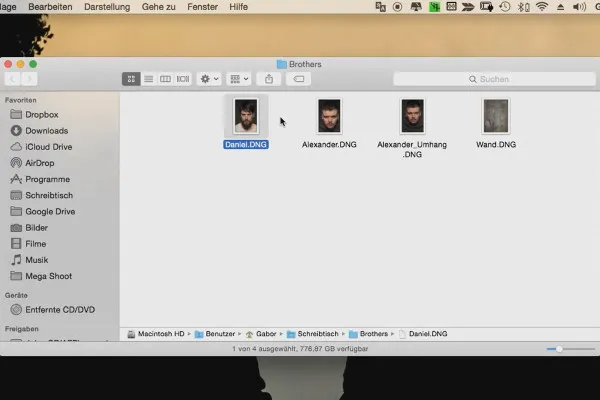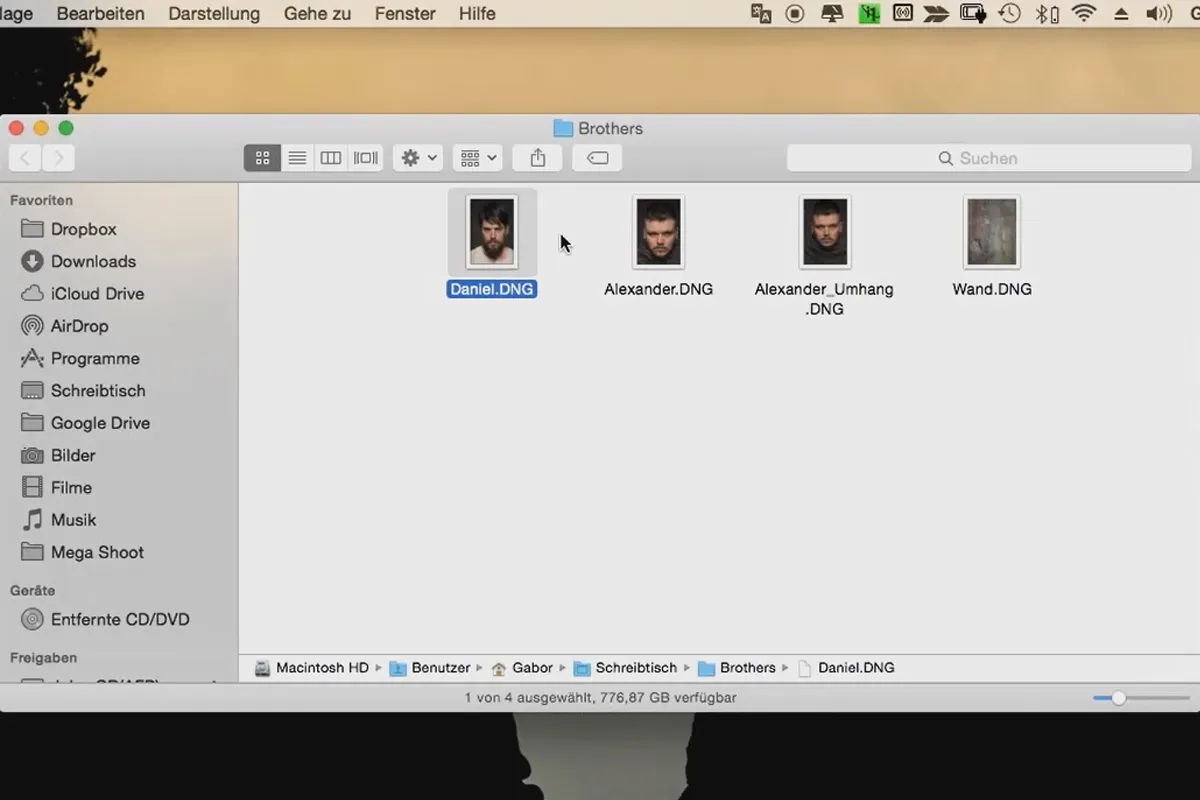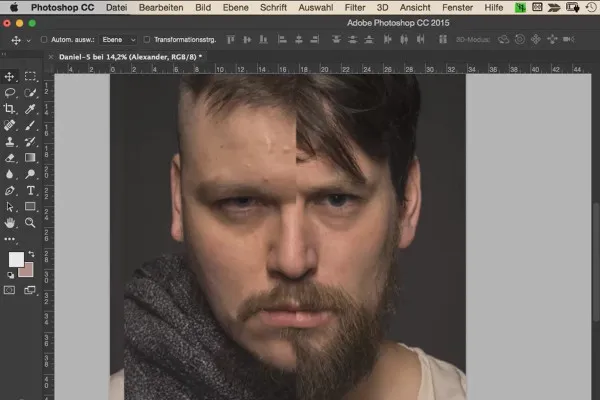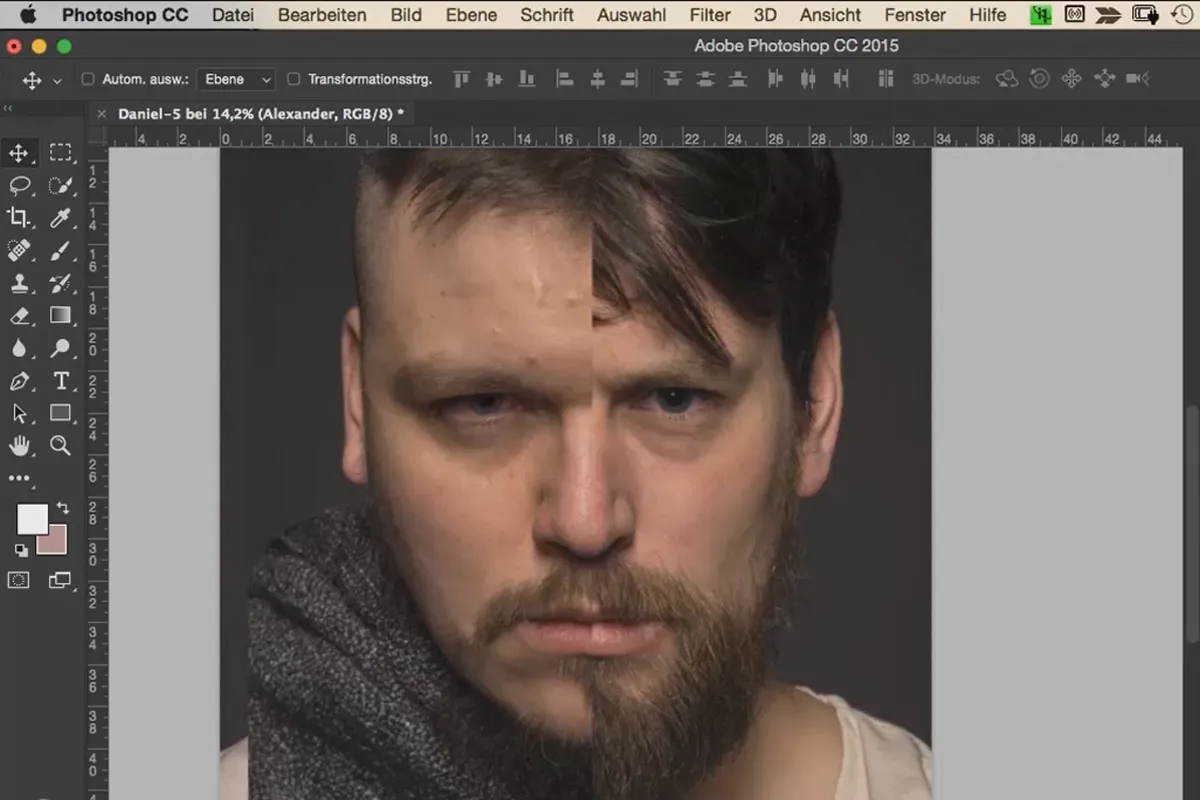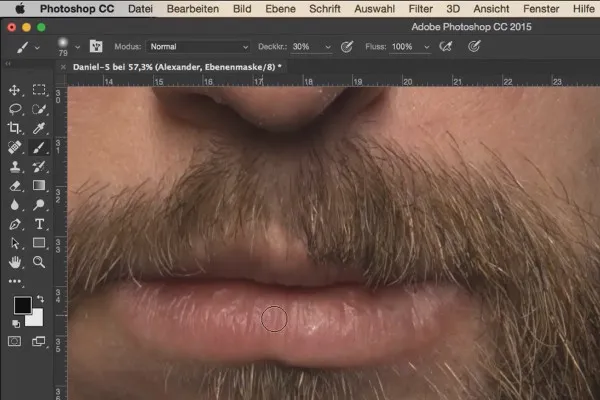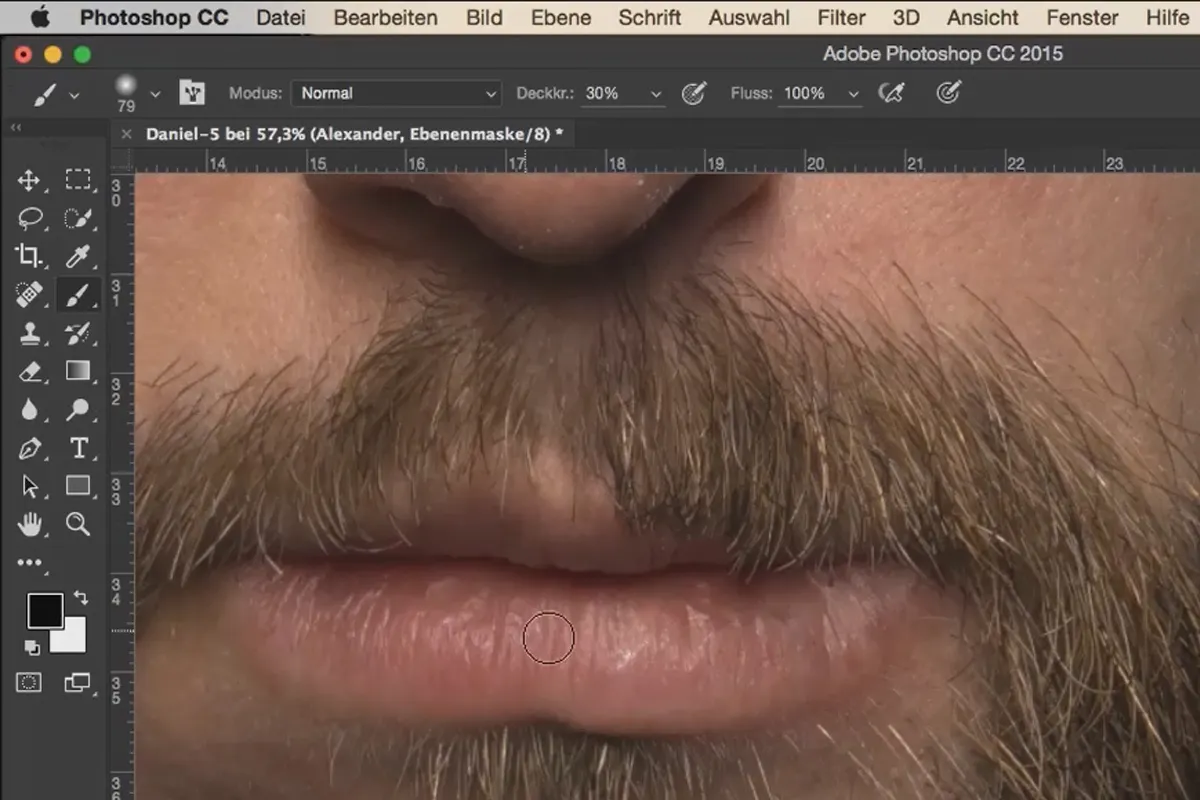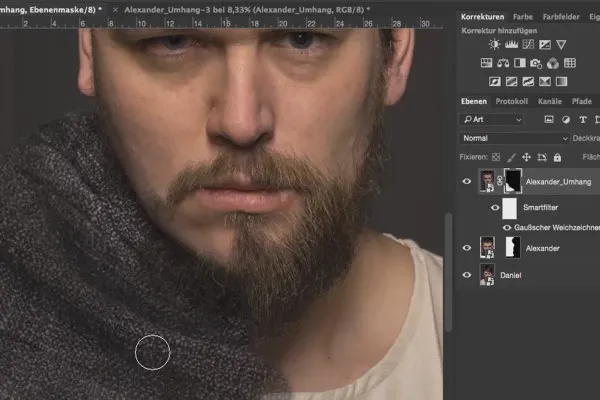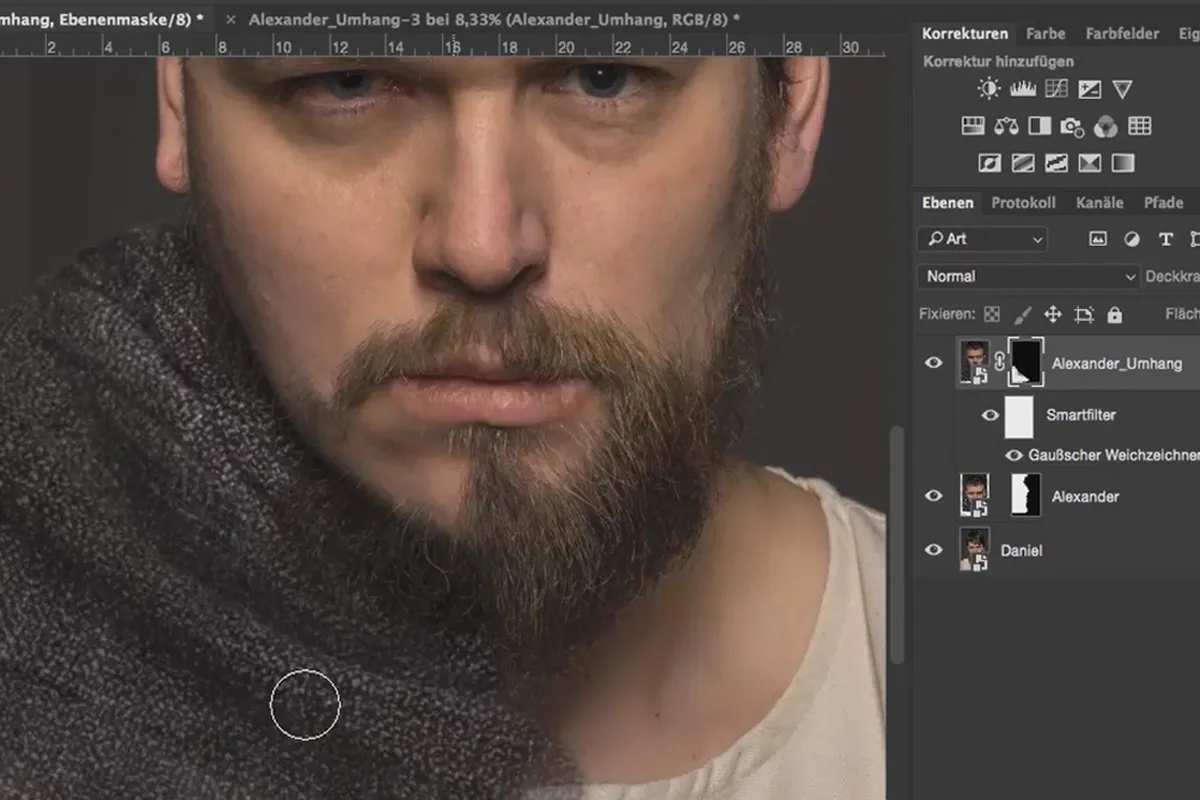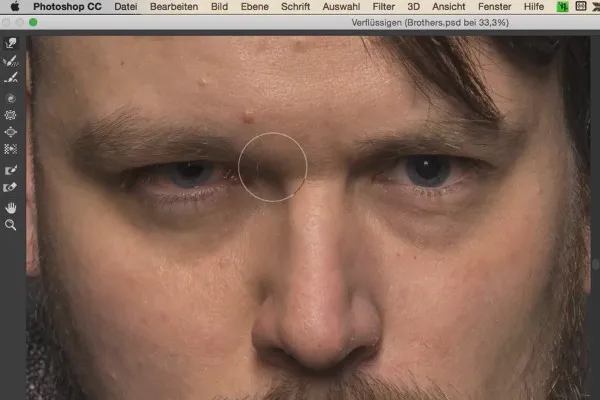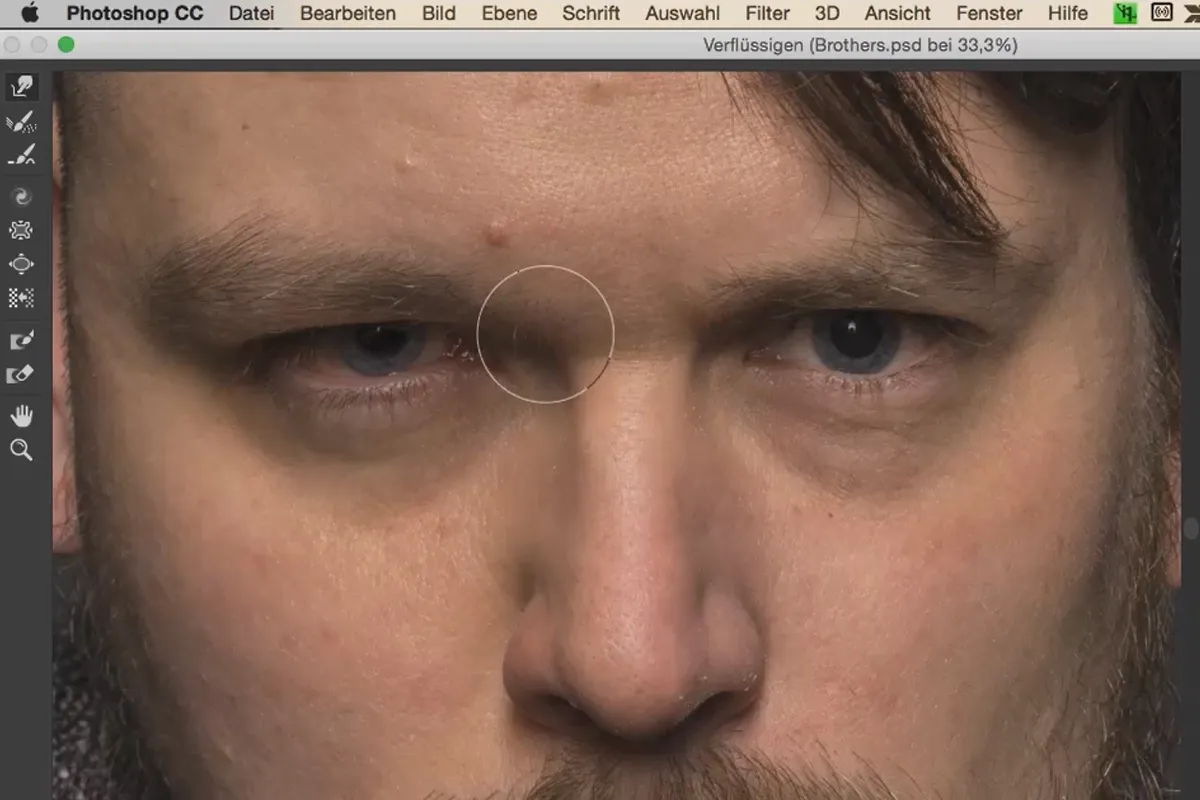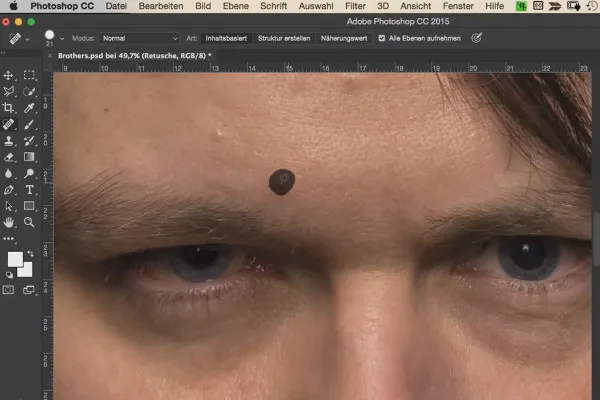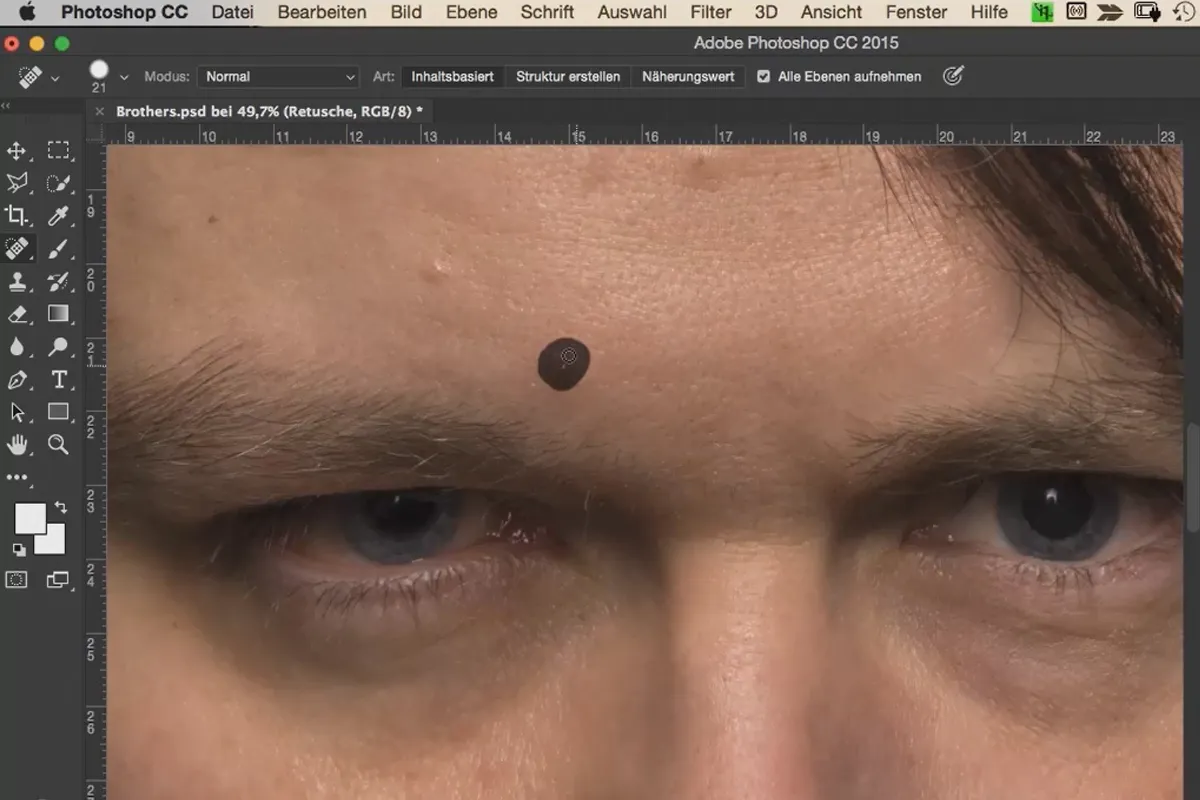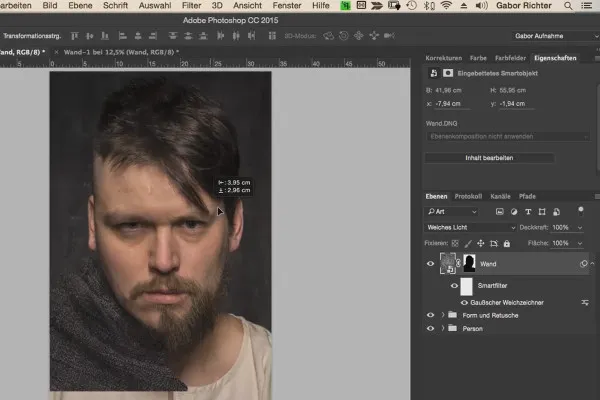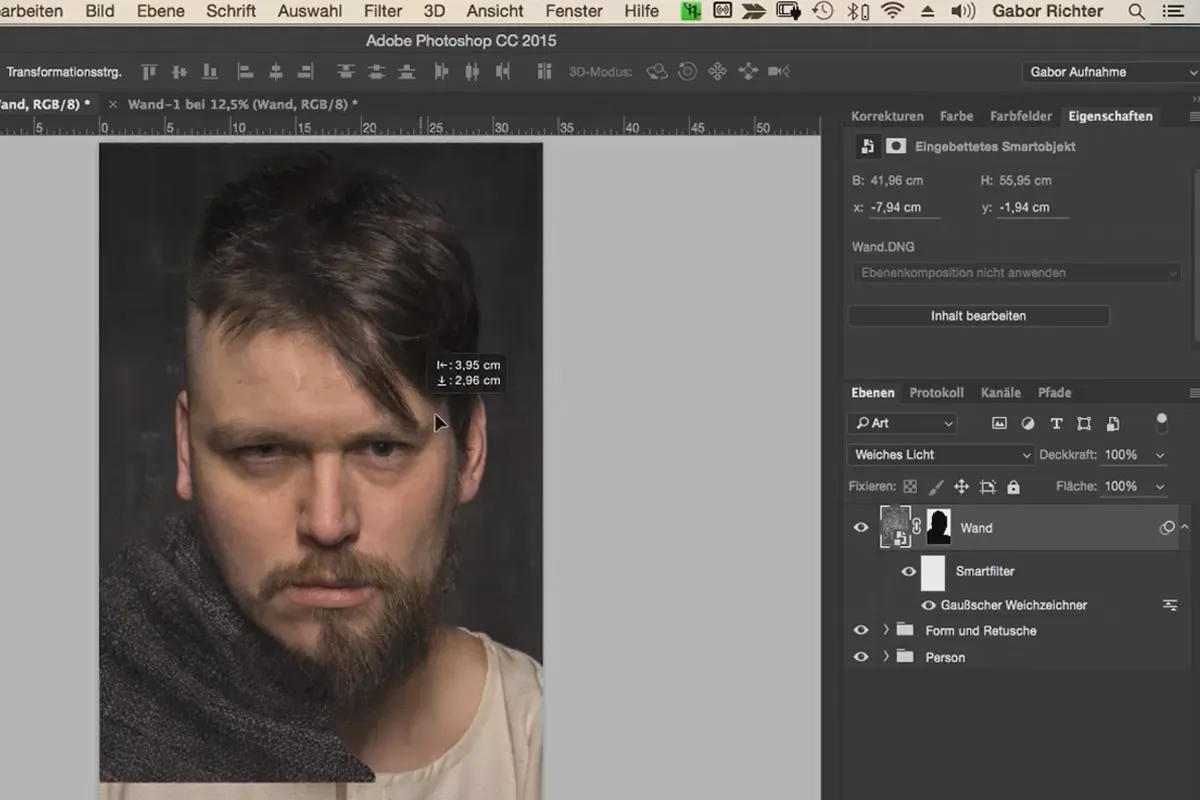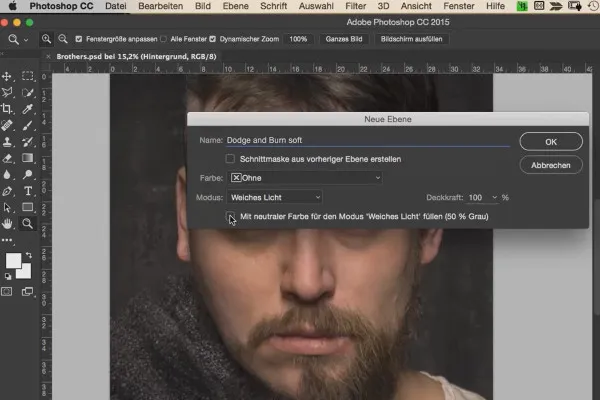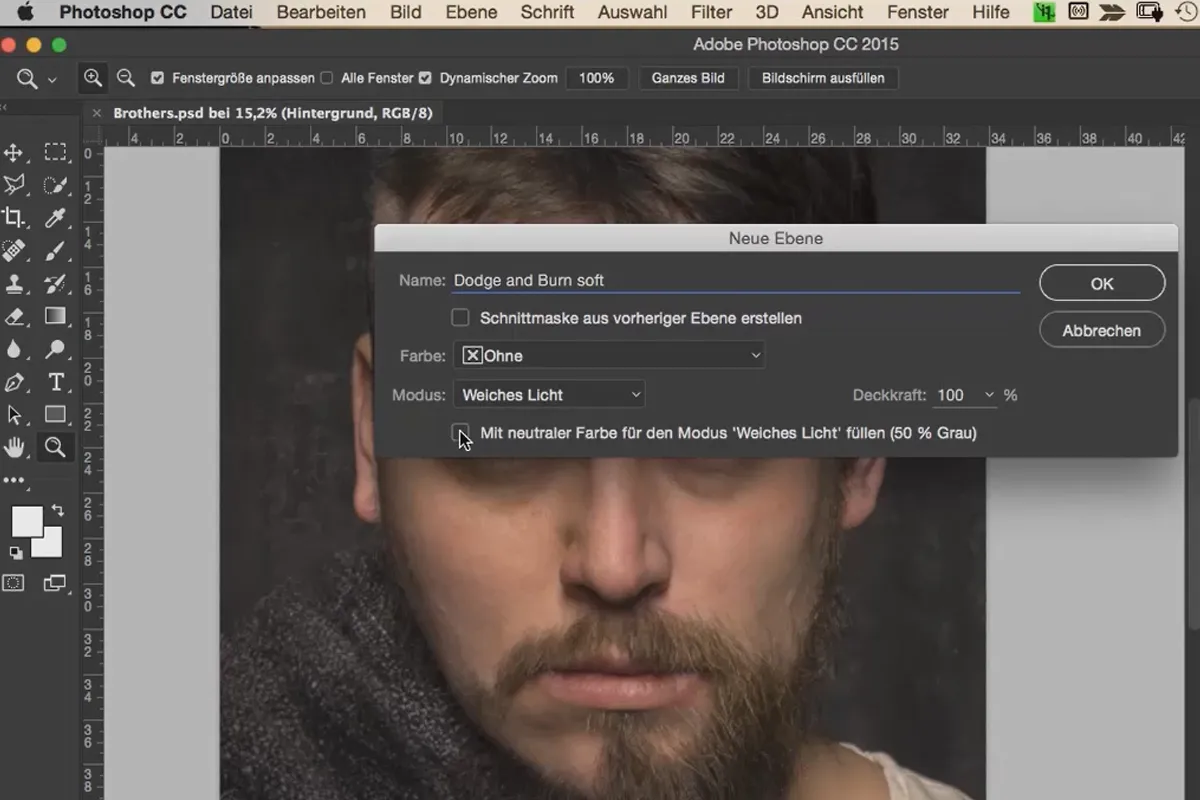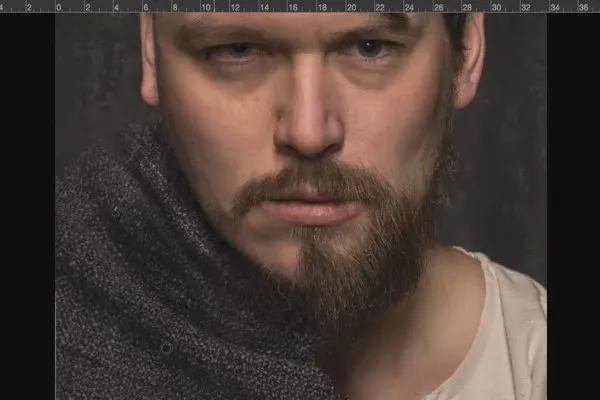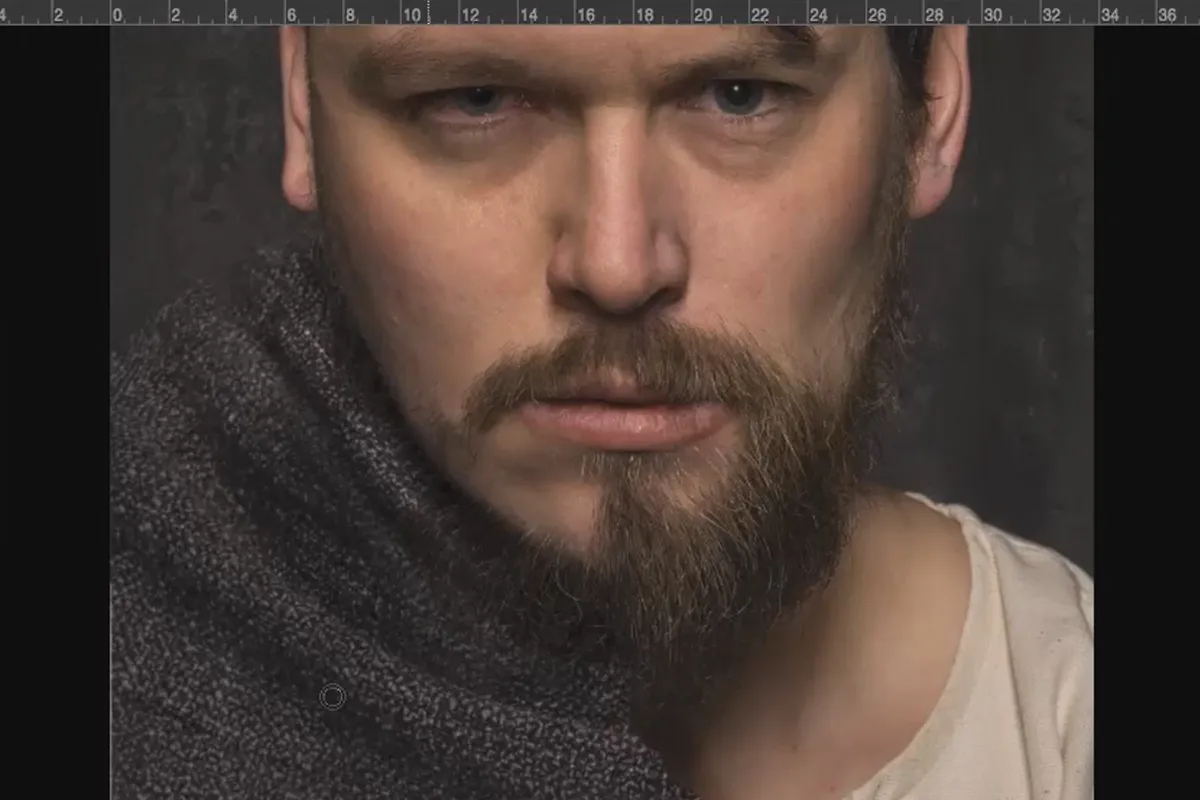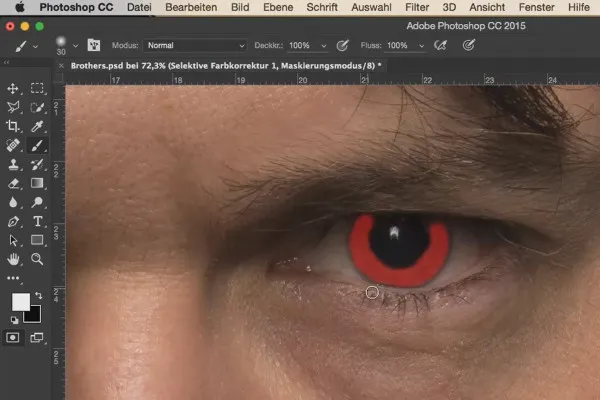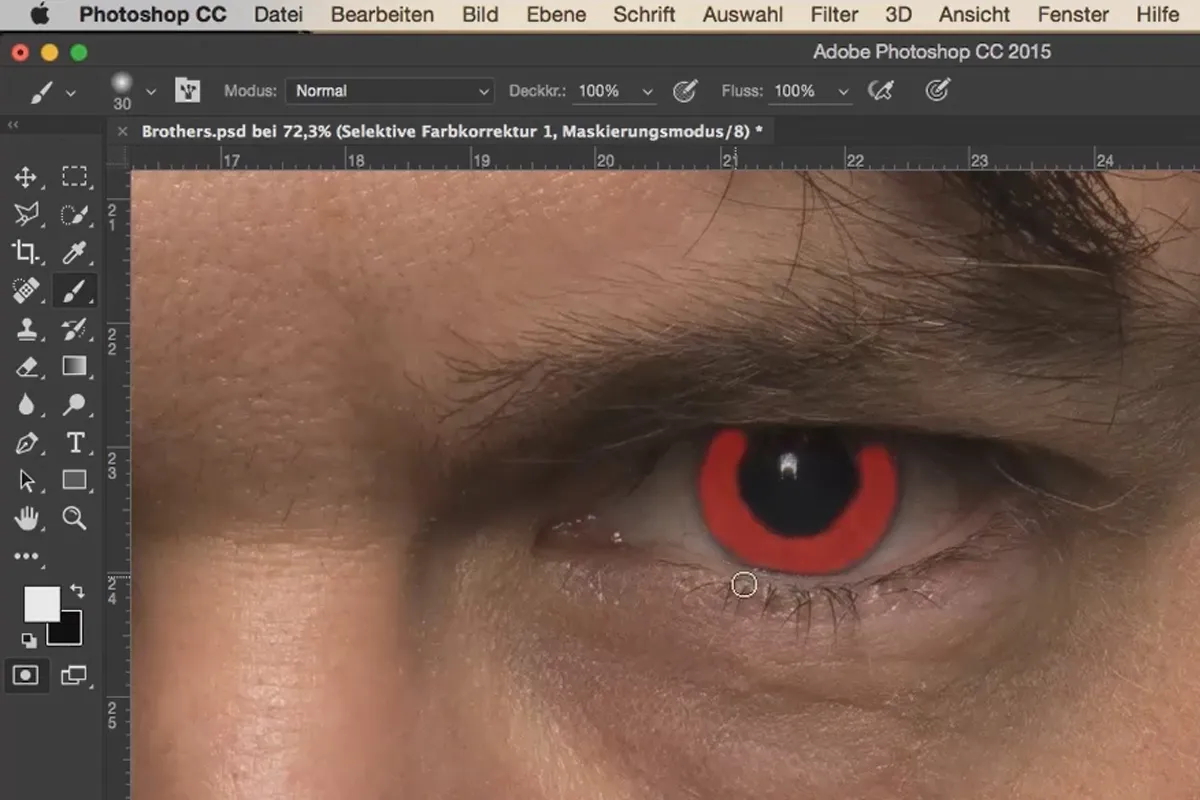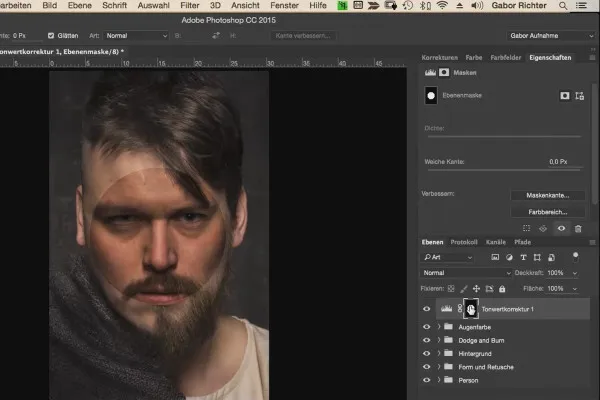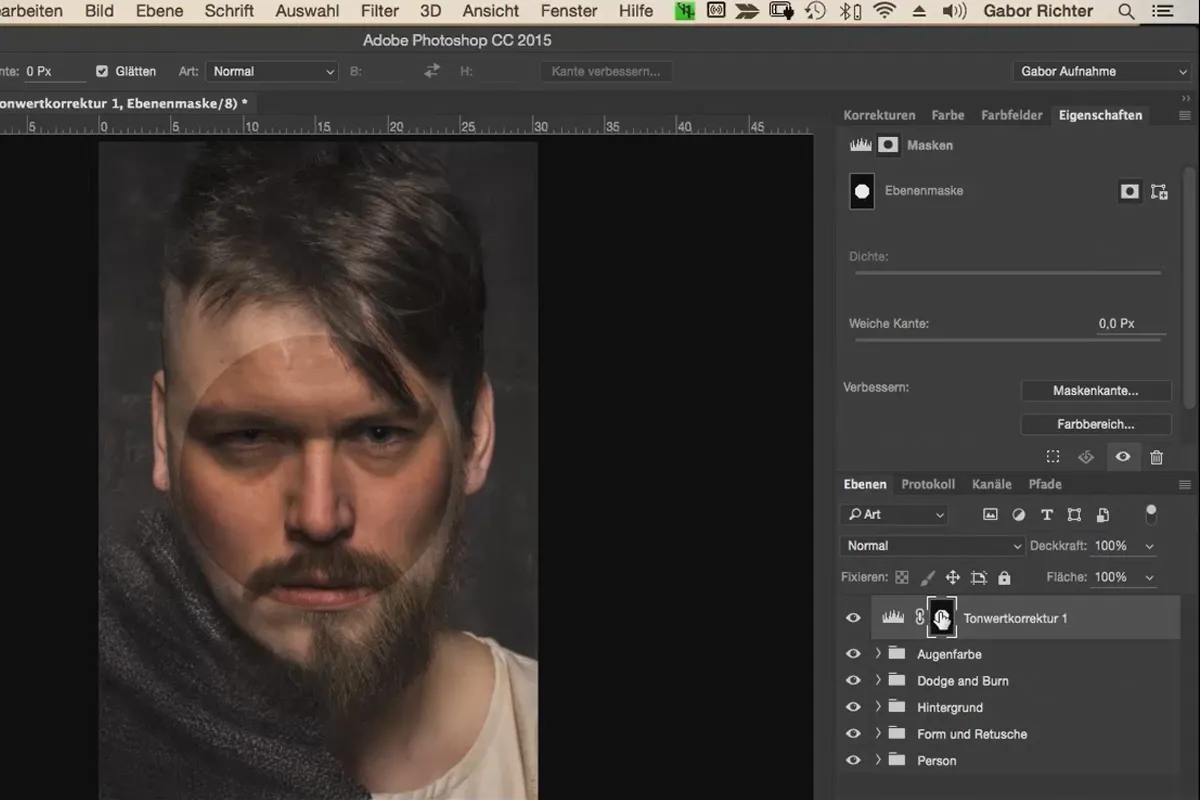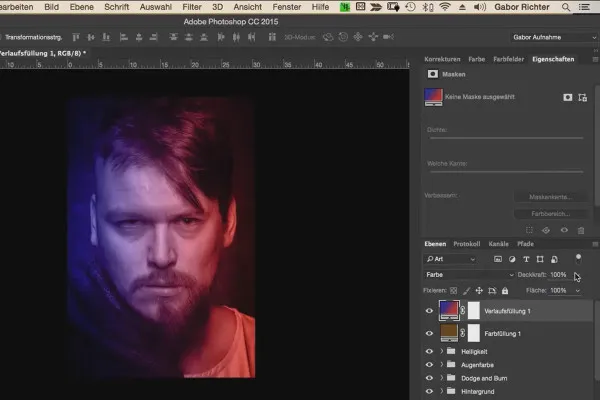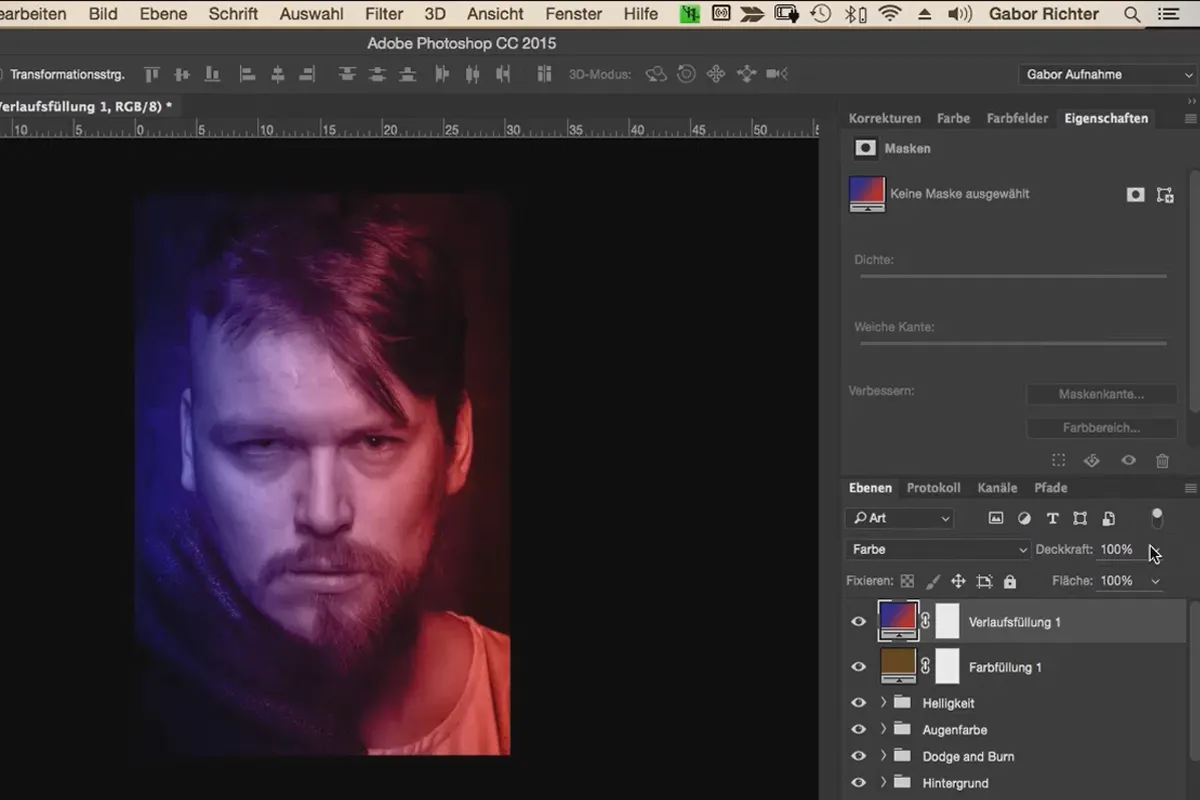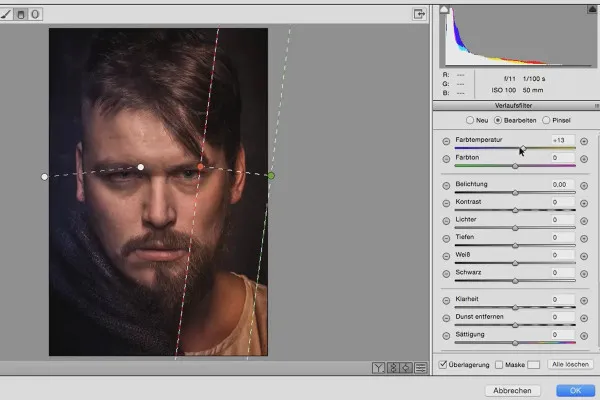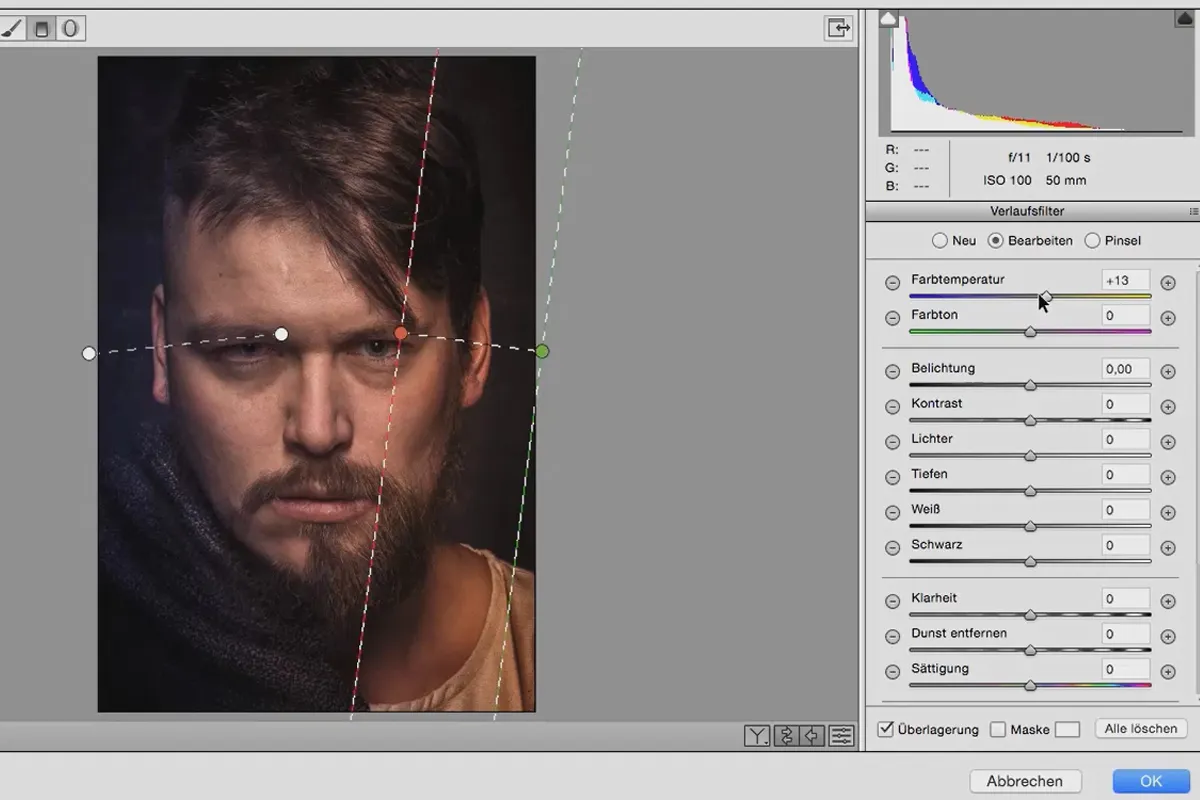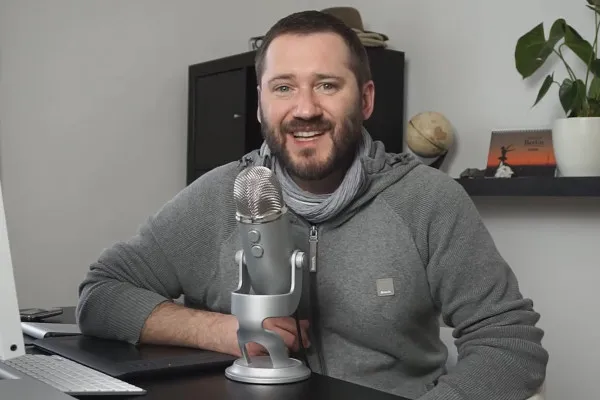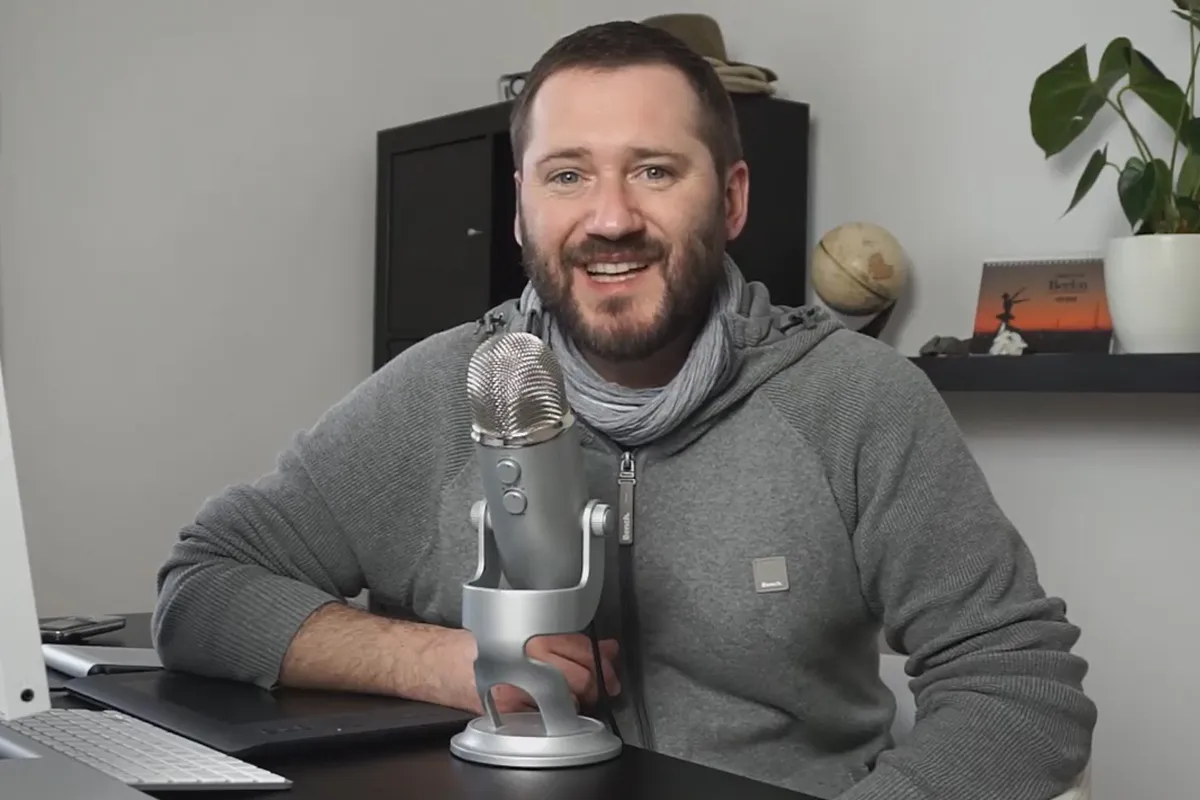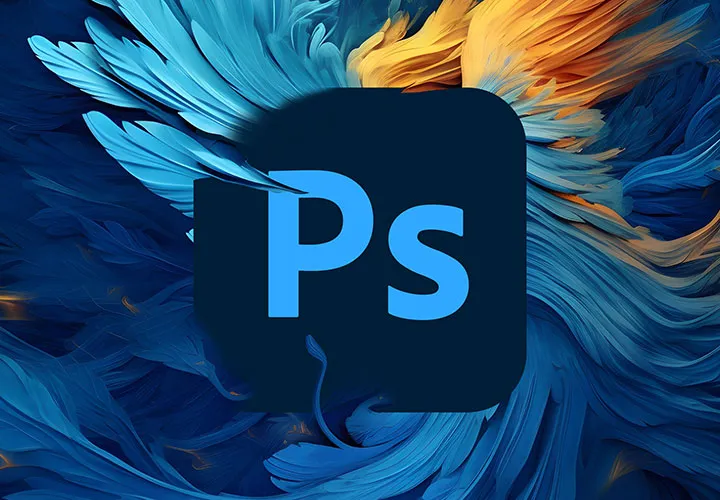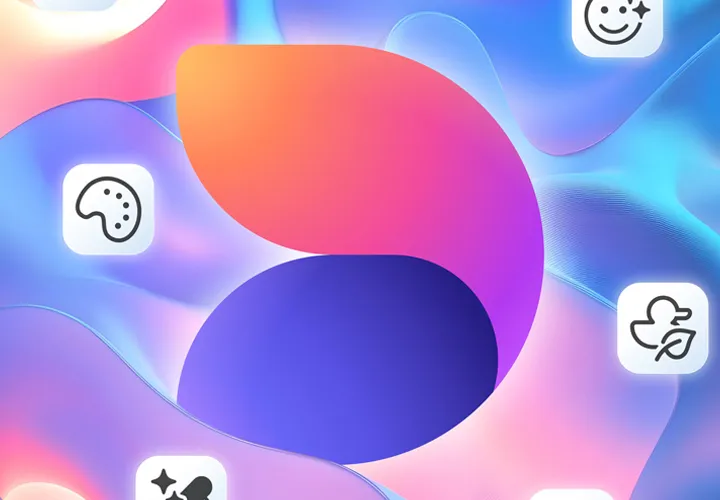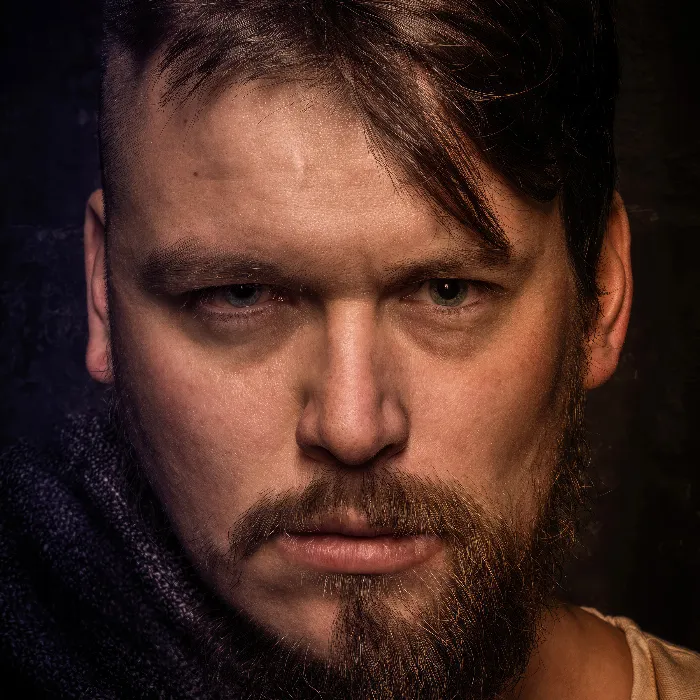
Fusion - The morphing workflow in Photoshop
Two portraits in one face! This way, image elements not only come together, but also merge into a composition with a strong character using Photoshop tools. In more than 90 minutes of video training with 15 lessons, Gabor Richter, professional Photoshop artist, explains how two image sources flow together seamlessly and without a seam or interface. Techniques that you'll be able to follow immediately with practical examples, methods that you can use for all your composings, and skills that will help you become a Photoshop fusionist. Look over the shoulder of an expert and learn what it takes to create a smooth work of art from individual pieces.
- 15 lessons in over 90 minutes of video training from digital artist Gabor Richter
- Get to know professional Photoshop image editing methods and apply them directly
- Including project files to join in and learn hands-on
Put on the Photoshop welding torch and bind what belongs together forever and ever! A morphing workflow for the best of two parts!
- Usable with:
- content:
2 h Video training
- Licence: private and commercial Rights of use
- Bonus: including working material
Examples of use
-
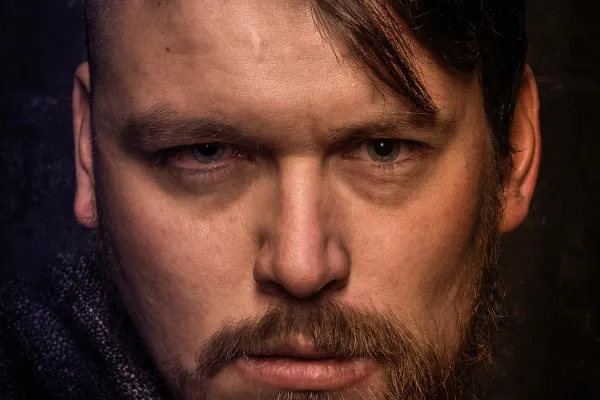 Open galleryTwo in one: Learn how to create a fusion look like this in Photoshop.
Open galleryTwo in one: Learn how to create a fusion look like this in Photoshop. -
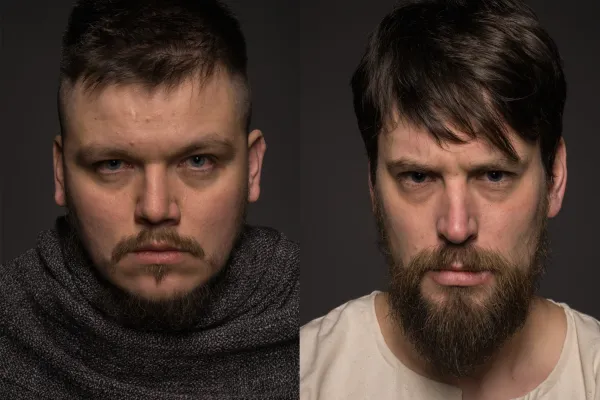 Open galleryThe fusion look is developed based on these two portraits.
Open galleryThe fusion look is developed based on these two portraits.
Morphing in Photoshop
Details of the content
Combine, compose, morph ...
Photoshop makes it easy to combine image elements from different sources. To ensure that the result is not just a patchwork that is copied together and not very realistic, there are numerous methods for image editors that can be used to generate coherent and consistent compositions from several parts.
Gabor Richter, an experienced Photoshop craftsman and artist, takes you and your image editing skills to the highest level of composing in 15 detailed lessons. Follow the process of a professional who creates a new character from two portraits. Get tips and tricks and learn techniques that you will be able to fully master and apply after the course. Theory paired with practice, directly comprehensible on the enclosed work files.
At the beginning of the course, you will prepare the two portraits in raw development and use the correct settings to ensure that details are obtained and that the images receive the same and polishing treatment. The next steps are all about perfect blending - nose to nose, lip to lip and forehead to forehead, the faces are aligned and woven together, with additional facial hair and other elements creating a seamless transition. The clothing is given a little more fabric, the elements are retouched using suitable methods and the shape of both people is adjusted by morphing without losing the individual expression of the two halves.
After the initial collision of the two portraits, the final fusion follows: using dodge and burn on the skin and clothing, highlights and shadows are refined in a targeted manner to make the composition more three-dimensional and make it shine. A new background and focus-directing lighting provide the viewer with even more tension, while the different coloring of the left and right irises and a two-part color look reinforce and emphasize the ambiguous character of the two-men-one-person portrait. At the end of the course, the final touches are applied using a filter.
What will you gain from this course?
Increase your knowledge of image composition and improve your Photoshop skills to combine and coordinate different elements even more elegantly in the future. Using a practical example, you will learn how to create a coherent and convincing overall appearance from two parts that seem to come from a single mold. With the included work files, you have the opportunity to follow each individual step yourself, so that during the training you will get to know the methods shown both theoretically and practically. Dodging and burning, aligning parts of the image, using light and shadow in a targeted manner or creating image looks ... techniques that you can then apply to your own work afterwards.
Other users are also interested

Neatly cut out!
Adjust your knowledge to AI!
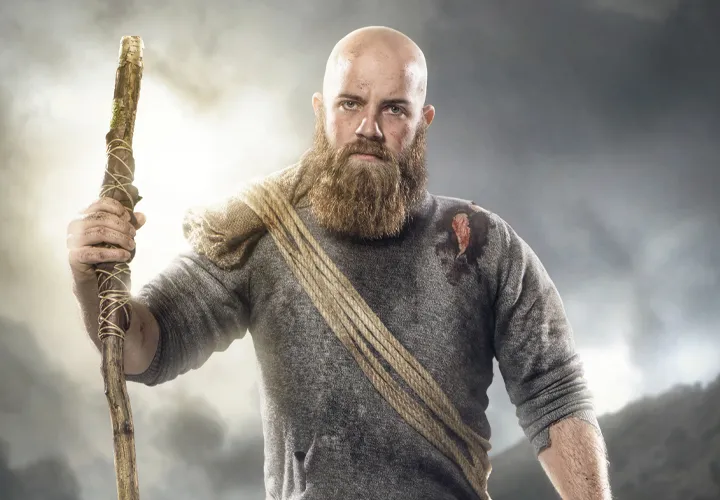
Follow an instructive path of image editing!
Simply edit images professionally
Save time with artificial intelligence
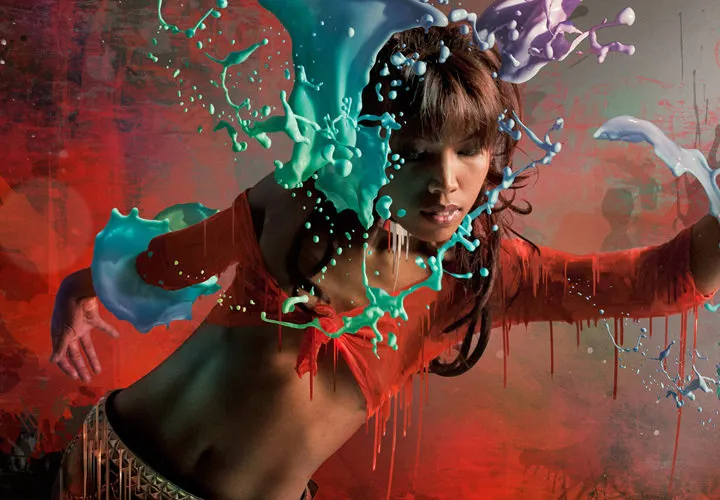
More style, more power, more templates!
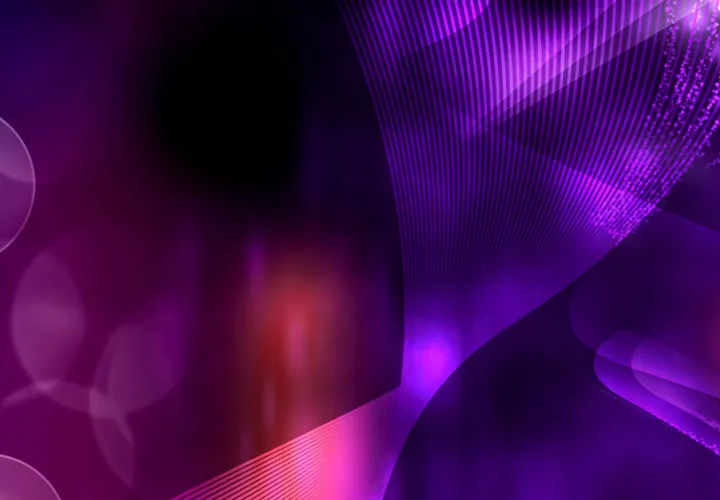
Full power, more inspirations, maximum WOW effect!

Photo editing & image composition

